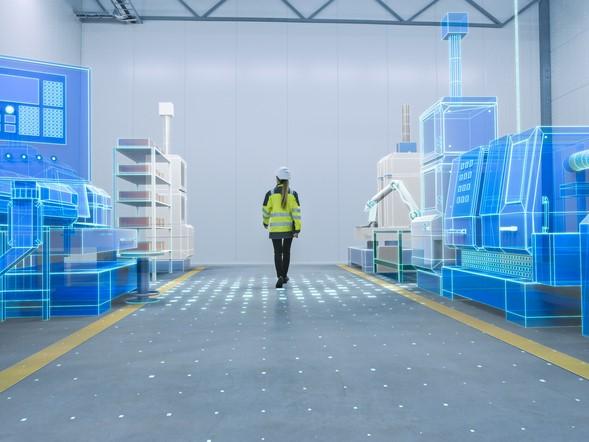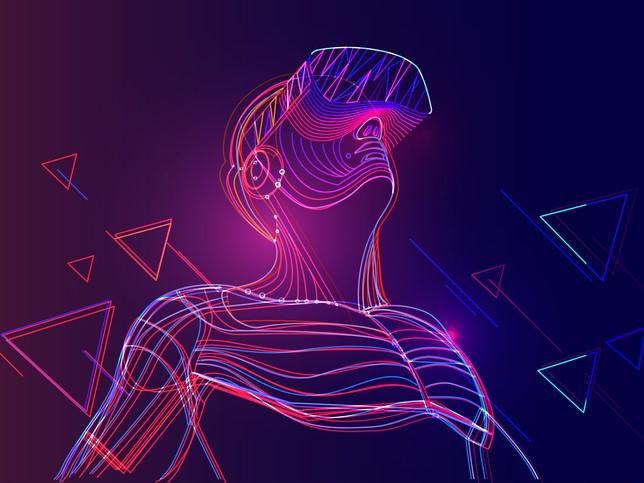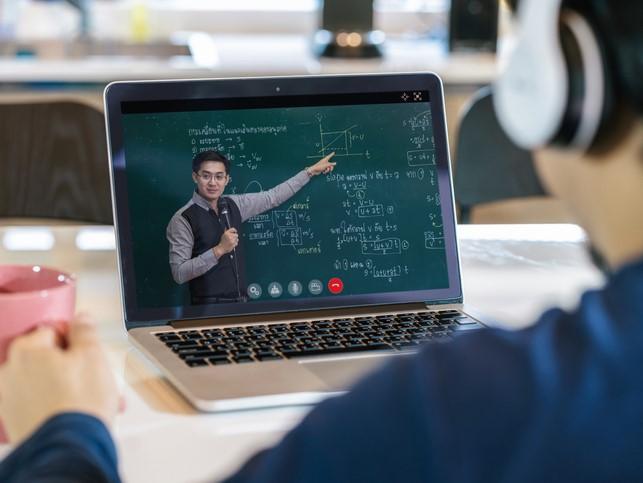The educational model at Tecnológico de Monterrey has four main components, one of them being challenge-based learning. This learning process involves developing competencies through the resolution of real-world challenges. Each discipline has its own set of competencies that students aim for throughout their time at university.
In terms of assessment, this model represents a big challenge because it demands the evolution of traditional evaluation. When assessing the development of competencies, teachers need to know not only if the student has the requisite knowledge but also if they have the ability to do something. Thus, teachers need real environments where students can perform in order to properly evaluate their competency.
Delivering effective evaluations of this type can certainly be tricky, but the rise of tech can help. One effective answer can be developing immersive experiences, which can be enriched with XR (extended reality) tools such as 360-degree video or virtual reality. This sees students performing in environments that can mimic the real world without needing to leave the classroom.
- What to do when technology fails: an educator’s survival guide for online classrooms
- Missing face-to-face interaction? Try becoming a ‘hologram professor’
- How to apply virtual reality to enhance learning experiences
But how difficult is it to develop immersive experiences? It’s probably easier than you think, but it does take time and effort. Here I answer some common questions using our extensive experience in this area:
Why develop an immersive experience?
We need to evolve our ways of evaluating, thinking more in terms of what the student is able to do and less about the concepts that he or she has memorised. Through an immersive experience, we’re taking real-world situations into the classroom and giving students the chance to practise in challenging environments that they may face later in their careers. Your starting point should always be the abilities you’re expecting your student to master, then think about real-life situations in which students will need those abilities and then, finally, think of a way to emulate those situations in an extended reality environment.
Any examples?
A good example could be a business simulator in which students become “owners” of a small business and must take decisions regarding its management. Instead of simply asking how to assign the right price for products, which is the best marketing strategy or how to increase sales, this type of immersive experience situates such decisions, and more, in real-world situations meaning that teachers can conduct an authentic assessment of students’ abilities. Another example might be a virtual factory in which students must handle machinery and take decisions regarding manufacturing processes. A bonus here is that this also provides a safe environment in which to practise, preventing the accidents that can happen in real factories.
Is lots of tech required?
No. You don’t necessarily need cutting-edge technology to create an effective immersive experience. Having virtual or augmented reality increases levels of immersivity, yes, but that doesn’t mean that an escape room developed in Google Forms is not an immersive experience. It might not be as immersive as a virtual reality clinic, but it can certainly be a good approach when assessing students’ abilities.
How do I assess within these experiences?
It’s important to actively see students in action during the experience; this is easily the best basis for assessing their performance. You can use evaluating instruments such as observation guides or rubrics to identify what you’re expecting to see from your students. Also, technology can help with the assessment. For example, if the experience is a simulator, it can be programmed to deliver reports at the end of the experience based on the decisions made by each student. This information can help to identify students’ thinking processes, which you can compare to the competencies they were being assessed on.
Should immersive experiences be individual or collaborative?
When evaluating the development of competencies, an individual assessment is always needed, but this doesn’t mean that you can’t conduct a collaborative experience. Students can still work in groups even if you’re evaluating each student’s performance, especially when you’re using technology that enables several people to work together in the same environment – for example, a virtual workspace in which students can see, hear and interact with other individuals. There is no definitive way of conducting this type of experience, so my advice would be to choose whatever is right for your group, taking into account the number of students you have and/or the technology you plan to use for the experience.
Gabriela Sánchez Castillo is an instructional designer at Tecnológico de Monterrey, Mexico



comment